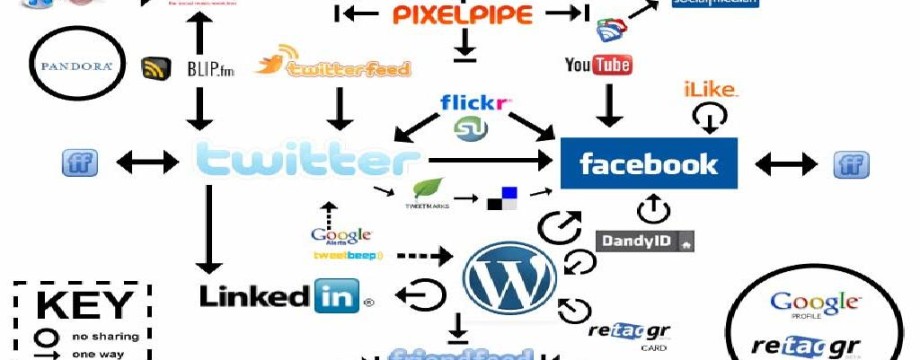As a volunteer for Dragon Burn I am responsible for maintaining the Dragon Burn website. Part of that responsibility is curating images created by the Dragon Burn Community. As with other aspects of running a Burn, what seems like a simple task can have some unique challenges.
Dragon Burn
Dragon Burn is an event that runs once a year in Anji. It is a temporary village built in a forest near a flower farm where couples take wedding photos, and by a reservoir that gave Yang Guifei her beauty. It is entirely non-profit and is built in part by every member of the community.
I mention this because an important aspect is that we do not pay photographers for their images. Instead, images are gifted to the community by photographers after the event. The quality of these images range from amateur to professional.
Collecting Images
Our first attempt at curating images was to simply create a shared iCloud. Participants could upload images they wanted to share to the cloud. This led to many problems:
- We ended up with a gallery of hundreds of images that were completely unorganised.
- Many people were uploading the same images over and over again, leading to a lot of duplicated images.
- People were uploading images they didn’t create themselves.
This led to me publishing newsletter where images were incorrectly credited. I was quickly contacted by the actual authors of said images. I had to follow up the newsletter with an errata that gave the corrected credits.
But I knew I had fucked up. We didn’t know who any of the images we had belonged to. Even worse than that, we had no idea if we actually had permission to use the images that had been uploaded.
When images are gifted to the community, the least we could do is give the correct credit and make sure we actually have permission to use said images.
We needed a better solution.
Getting Enthusiastic Consent
To fix our issues we needed an actual process for curating images. The first thing we did was set up a “Ministry of Photography”. This was just an email address that forwarded to anyone on our social media team.
The second thing we did was to create a page explaining how to gift images to the community. Here we give some recommendations (use watermarks!), state what permissions we request, and also make it clear that we do not take ownership of any images gifted through this process.
This page does several things:
- It gives recommendations to photographers on how to protect their work.
- It tells them how we may use their images so they can give explicit permission for these uses.
- It makes it clear that we don’t claim ownership over any images and that we will take them down at their request.
Now after every event we can share this page and anyone who wants to gift images will know exactly what to do.
One last thing we did is to start organising the images by the photographer that donated them. You will see on the sidebar that since 2017 the albums include the name of the photographer. This is much easier than crediting each individual image. Especially when there are albums with more than 500 photographs.
We Don’t Like It RAW
So now we have images coming in nice zip files and each collection is attributed to an author who has given us permission to use their images. Problem is that not every photographer is web-dev savvy.
Sometimes you get images which have been selected, edited, and reduced in resolution and size. They are usually good enough to upload straight away.
Sometimes you get 500+ RAW images ranging from 5 to 15MB in size each with a resolution of 4000px+. Total size is usually 50GB+. That’s going to take a while to upload through WordPress.
I’ve tried various WordPress plugins to handle automatically optimising images. It turns out it’s not a task that plugins can handle.
Realistically the only way to do it is to optimise the images before uploading. I use Caesium Image Compressor for this. It’s simple enough to use and has no limit on the number of images it can process.
WordPress Desperately Needs Better Image Management
Anyone who’s worked with WordPress for a while knows that the way it handles images sucks. I love WordPress, but come on! It really needs to handle images a lot better than it does.
I use the NextGEN Gallery plugin to manage all our galleries. It’s the most popular plugin and it works pretty well. The only caveat is that due to our site being bilingual we have to create two pages for each gallery.




